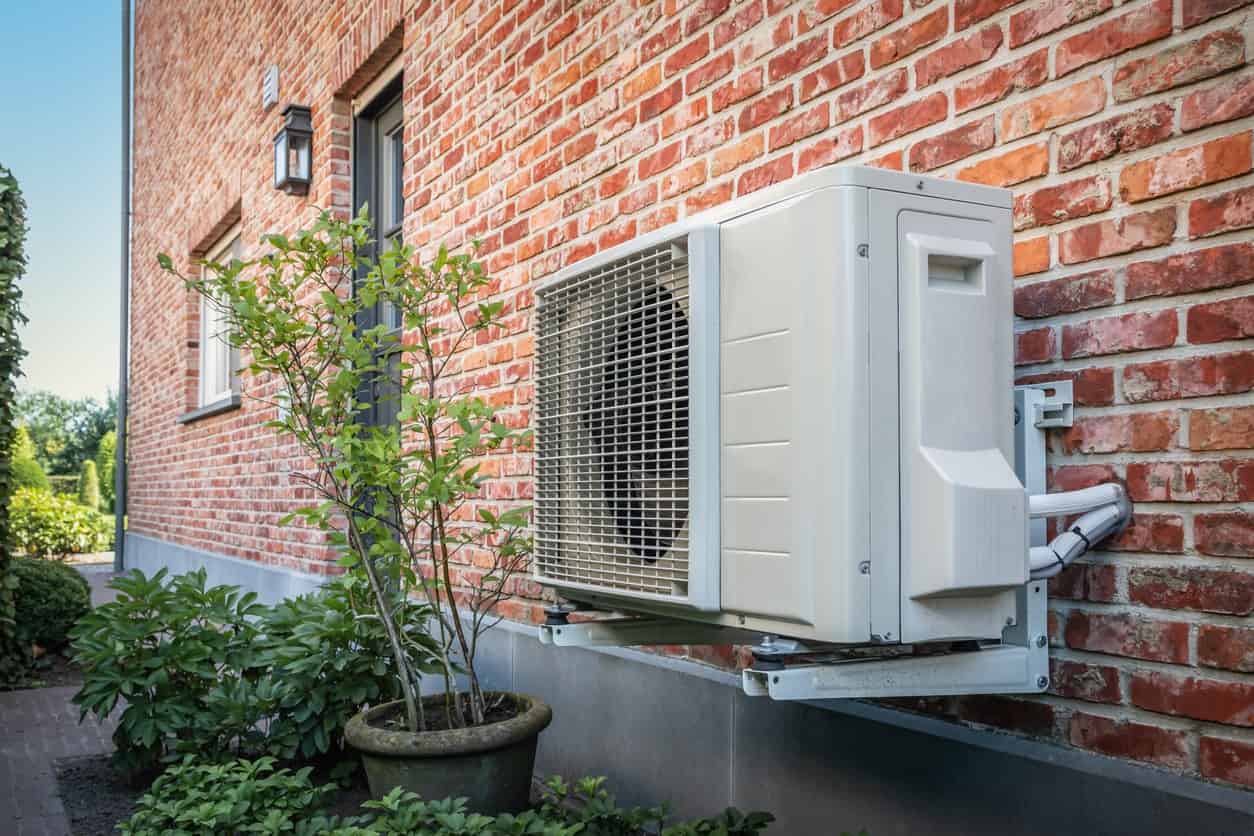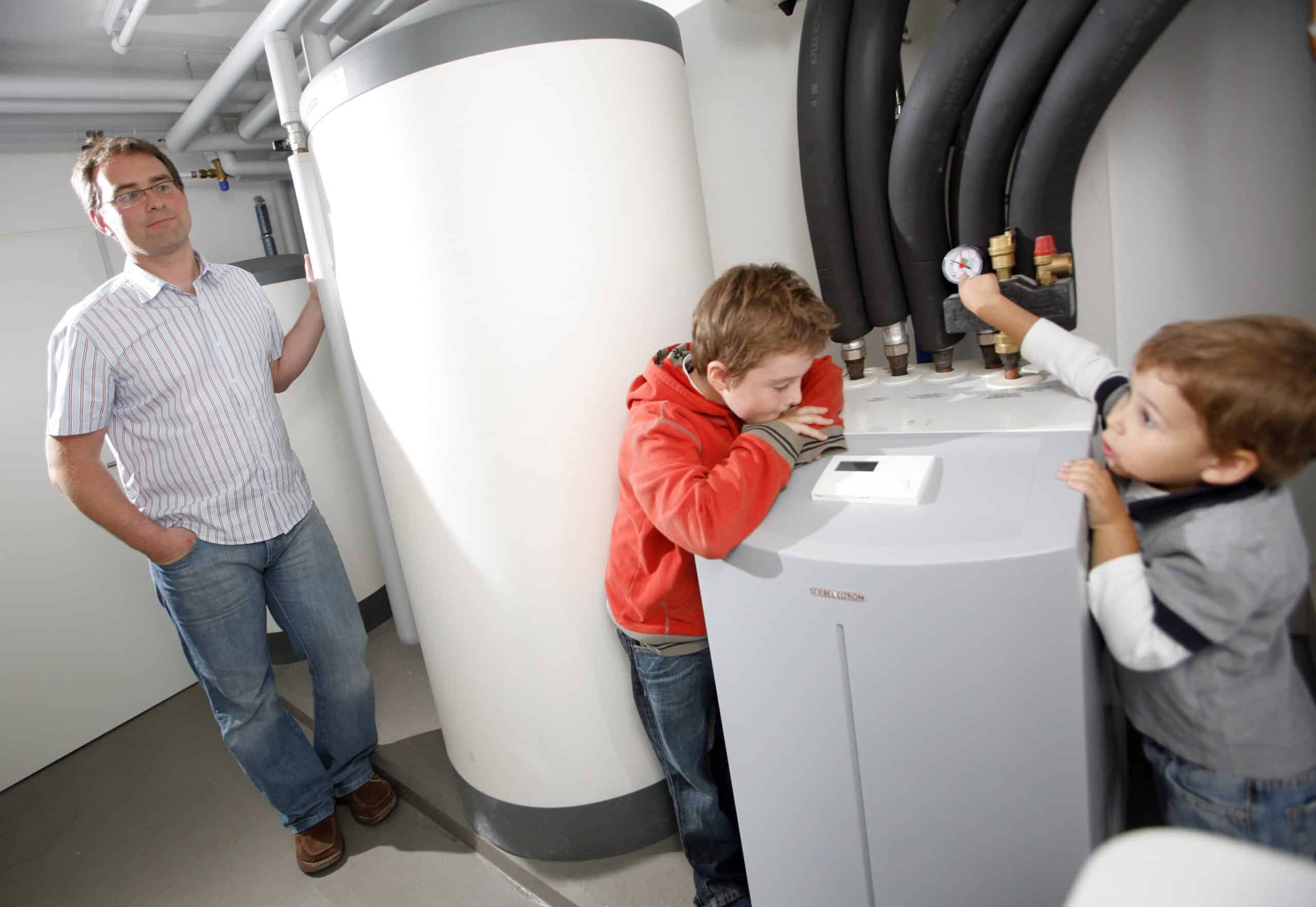
As Europe aims to shift away from fossil fuels, demand for large, energy-efficient heat pumps is skyrocketing. German firm MAN Energy Solutions has developed one of the world’s largest heat pump units with a total heating capacity of 48 MW, capable of producing temperatures up to 150C and heating thousands of homes. Two of these machines were recently installed in Esbjerg, Denmark, providing water up to 90C for a district heating system serving 27,000 households.
The world’s largest heat pump setup is in Stockholm, Sweden, with a 215MW district heating system composed of seven heat pumps. In Helsinki, Finland, there are plans to construct a massive heat pump system with a total capacity of 500MW. As efficiency becomes increasingly important, heat pumps are becoming a popular choice for industrial applications and district heating systems.
Heat Pumps: The Green Heating Solution
Heat pumps, which are three to five times more energy-efficient than natural gas boilers, are essential for sustainable heating. They reduce reliance on fossil fuels and are suitable for the 2.6 billion people who will need heating and cooling by 2050. According to the most recent IEA rapport, heating in buildings is responsible for 4 Gt of CO2 emissions annually, and heat pumps can help reduce these emissions, even with the current electricity generation mix. In 2021, heat pumps supplied 10% of global space heating, with sales growing by 15% globally and 35% in the EU. Among European countries, Norway, Sweden, and Finland have 40-60% of buildings equipped with heat pumps.
Shifting to Heat Pumps: Global Implications
With increasing government commitments, heat pumps are becoming the primary means of decarbonising heating. Global capacity could jump from 1000 GW in 2021 to 2600 GW by 2030, reducing natural gas demand by 80 bcm, heating oil by 1 million barrels per day, and coal by 55 million tonnes. Heat pumps can address 30% of heating needs in industries such as paper, food, and chemicals. In the EU, heat pump sales could rise to 7 million by 2030, reducing natural gas consumption by 21 bcm and helping achieve the REPowerEU objective of ending Russian gas imports before 2030.
Environmental and Employment Benefits
Switching to heat pumps cuts greenhouse gas emissions and improves air quality, with potential reductions of 0.5 Gt of global CO2 emissions by 2030. However, leaks of F-gas refrigerants can decrease their positive climate impact. Heat pumps still reduce greenhouse gas emissions by 20-80% compared with gas boilers, depending on electricity sources. Global air pollutant emissions from combustion heating in buildings will also drop. The expansion of heat pump manufacturing and installations will create jobs, with global employment in heat pump supply expected to triple to over 1.3 million workers by 2030.
District Heating and Giant Heat Pumps
District heating is a system for distributing heat to buildings through a network of insulated pipes. Giant heat pumps, like those being deployed in Europe, can utilise low-temperature waste heat sources in district heating grids, minimising heat losses and increasing energy efficiency. District heating could cover 50% of Europe’s heating demand, with heat pumps delivering 25% of the energy in district heating grids.

Overcoming Barriers to Adoption
Despite their benefits, heat pump adoption faces challenges such as higher upfront costs, consumer adoption deterrents, manufacturing constraints, and installer shortages. Government action and industry partnerships are required to overcome these barriers. Financial incentives are available in 30 countries, covering 70% of heating demand, and additional incentives can focus on giant heat pumps, district heating, and energy efficiency. One thing we know for sure: as Europe and the world continue to push for sustainable heating solutions, the demand for giant heat pumps will only continue to rise.

